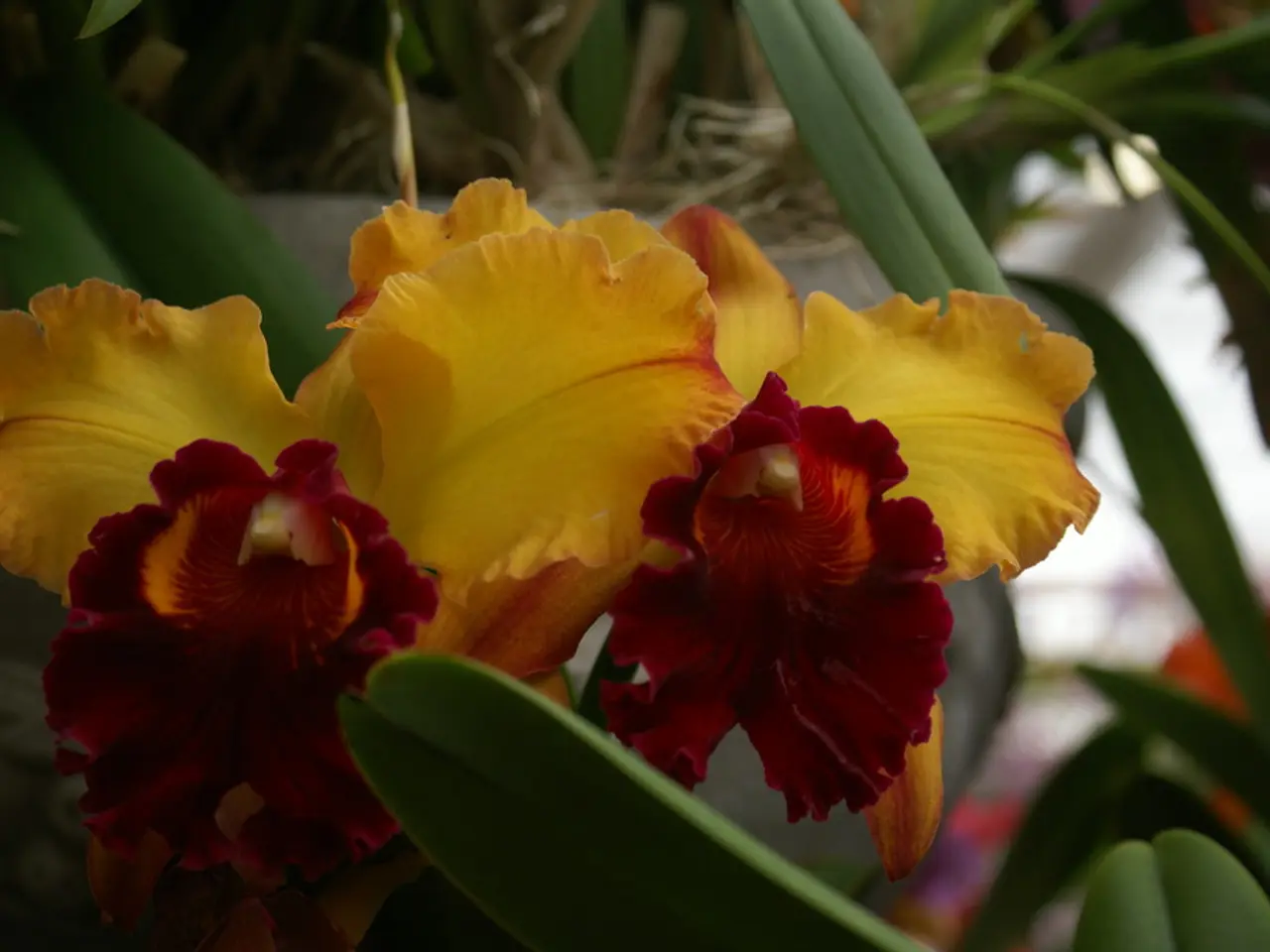Alliums Blooming Duration: A Comprehensive gardener's manual
Alliums: Blooming Wonders of the Garden
Alliums, the ornamental onions that add a touch of elegance to any garden, typically bloom for about three to four weeks during late spring to early summer. These vibrant blooms are a sight to behold, with varieties like Allium nigrum blooming for nearly four weeks from mid-May through mid-June under suitable conditions.
The general blooming period for alliums spans from late spring into early summer. After the flowers have withered, the plants remain attractive for some time as dried blooms. Subsequently, the foliage enters a resting phase, where it naturally yellows and dies back, typically after six to eight weeks.
Caring for alliums involves a few key steps. Watering them moderately and ensuring well-drained soil is essential for their health and bloom duration. Alliums thrive in full sun and should be planted in a sunny spot. For optimal growth, they prefer slightly alkaline conditions, and adding compost before planting can boost the soil's nutrient content.
To encourage more flowers, deadheading spent blooms is recommended. A balanced fertilizer in spring can also support growth. It's important to manage rainfall carefully to avoid excessively wet conditions that can lead to disease.
Alliums require a period of cold dormancy for spring blooming, and excessive heat can cause premature bloom shriveling. The popular Allium giganteum blooms in late spring and can last for several weeks. Allium schubertii produces stunning seed heads that add interest to the garden even after the flowers are gone.
Allium bloom times can vary depending on the variety, with some blooming in early spring and others extending into late summer or fall. If the soil is too acidic, lime can be added to balance it. Alliums prefer a climate with cool winters and mild springs.
Gardeners should be aware of potential pests, such as the Allium leaf miner, which can damage bulbs and foliage. Regular monitoring and good garden hygiene are essential to keep the plants healthy.
For those looking to enjoy a vibrant allium display year after year, planting bulbs every fall before the first frost is recommended. Dividing bulbs every few years prevents overcrowding and promotes health.
Glen, an experienced gardener with over 15 years of hands-on experience in garden maintenance, design, and landscaping services, has written several recent posts for this blog. These include "Garden Fungicides: Essential Tips for Disease-Free Plants", "When to Pick Candy Cane Peppers: Optimal Harvest Time Guide", and "When to Pick My Watermelon: A Gardener's Guide".
In summary, alliums are a delightful addition to any garden, providing a burst of colour for about a month. With proper care and attention, these ornamental onions can elevate a garden's aesthetics and bring joy to gardeners and visitors alike.
In the summer season, alliums contribute to a home-and-garden lifestyle by providing an array of vibrant blooms, enhancing the garden's beauty for around a month. Cultivating alliums involves caring for their moisture needs, ensuring well-drained soil, and providing them with full sun and slightly alkaline conditions, for which compost can be added to boost the soil's nutrient content.




